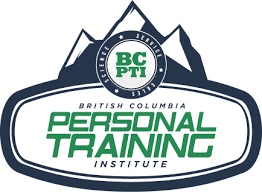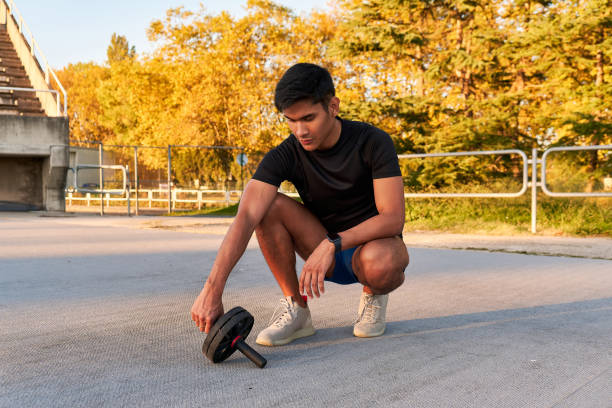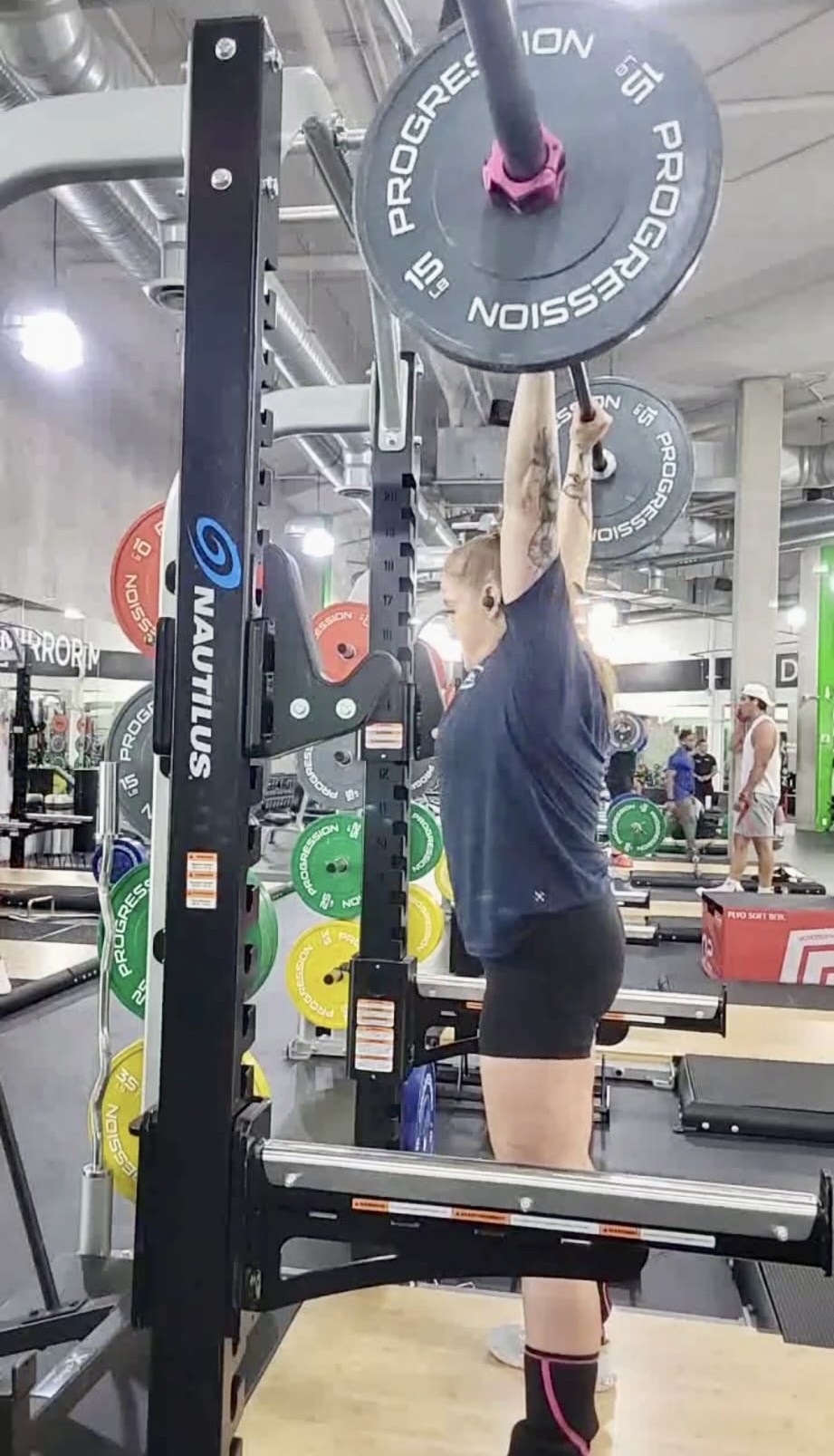“As a coach and trainer for close to 20 years now, I’ve seen how we exercise evolve dramatically!”
When I first started helping people learn to workout, I spent the first 3-8 sessions showing my clients how to use the circuit machines––one machine per muscle group, 8-15 machines for a total body workout. The rationale was that it was easy to learn and safe: the machine would only allow you to move in one direction, you used a pin to select how much weight you would move (instead of loading/unloading heavy plates,) there was nothing you could accidentally drop, and the seat was thought to support your spine and prevent low back injuries associated with lifting improperly.
Participants would start with machine #1 and move in order from bigger muscles to smaller muscles. Moving quickly between machines instead of resting for too long was a way to incorporate the “cardio” component, or we would warm-up or cool-down with the treadmill or elliptical. It was also easy to measure your progress: you could increase reps, increase weight, or repeat the circuit a 2nd or 3rd time as your fitness level improved.
Sounds pretty good right? In fact, a lot of guests or new members in our gyms expect that they will start their exercise program this way.
So why do we train our clients differently these days?
1. Automation
We sit more than we ever did before. We sit at work (and many of our jobs have us using computers for many hours of the day). We spend more time driving. We sit on the couch to relax after a long day. But it’s more than just that! A lot of us incorporate exercise and outdoor activity into our lives, right? Yes. But I thought about one week in 2017 versus how we managed chores and tasks in 1997 and there were some interesting differences––we save time, we are more efficient, we get more done, we take advantage of technology to manage our adult lives, but we move less and therefore, over time, lose strength and function in certain areas that used to be covered by simply living life!
For example:
- We order our groceries online and they get delivered, instead of the time spent walking around the grocery store 1-2x per week.
- We order take out a couple times per week instead of spending 30-60 mins standing/preparing food in the kitchen each night (or we meal prep efficiently in 2-3 hours on Sunday, and then just grab something out of the fridge for dinner each night that week).
- We watch Netflix instead of walking to the video store to rent a movie.
- We play online games connected to our friends via headset instead of riding a bike to their house to play outside.
- We use the drive-thru car wash instead of spending an afternoon outside washing our car on the weekend.
- We’ve hired someone to cut the lawn and do landscaping instead of spending Saturday outside mowing, edging, weeding, etc.
- We have video conference calls at our desk instead of going up a few floors (or down the block) for a meeting.
- We traded our bike and/or transit pass in for a car
- We shop online, and our purchases get delivered to our house instead of searching the mall for what we need.
2. Dysfunction
Twenty years ago it seemed like clients were mostly injury-free when they started a workout plan. They had been cleared by their doctor to exercise and they were ready to come and work hard. People in pain, people dealing with injuries just weren’t at the gym. They were at physio, taking pain medication, and not contemplating exercise. Now we see more of our clients dealing with pain, injuries, past injuries, postural issues, and health concerns. Some of them are working with a doctor, physiotherapist, or chiropractor but they also want to lose weight or start up a workout program. At Steve Nash, all of our trainers are nationally certified Personal Trainers and are further educated with our nashFIT education program to perform movement assessments, identify dysfunction (often the results of tight and/or weak muscles), and help our clients overcome movement issues, reduce or eliminate pain, and move towards more complex and intense exercise.
(Personal Trainers do not diagnose medical problems or take the place of other healthcare practitioners when it comes to acute or chronic injuries, but we are always happy to communicate with other professionals to ensure you can work out safely and reach your goals!)
3. Obesity
Even in Canada, the obesity rate is rising. In 2005, Stats Canada reported that 24% of adults were obese. The Heart & Stroke Foundation website in 2017 reports that almost 60% of Canadians are overweight (with 30-35% obesity female-male.) That trend also applies to childhood obesity. The facts are in our face––we are getting bigger and more unhealthy. The most simple truth behind this is that we are eating more calories than we are burning. Period.
Is technology going away? Nope. Is it realistic to expect that the government or food industry are going to make quick, widespread changes to improve or limit what’s available to us? Nope. So? It’s up to us. Fitness professionals have a calling to help the world be healthier––and we can do this by impacting our own communities. By creating an environment where we can focus on being healthy and fit. By educating our members and clients and empowering them to make choices that are healthy, realistic, sustainable and move us towards being the happy, strong, and fit people we want to be!
Okay, stepping down off my soapbox now… I titled this blog “Feet First,” right? Well, here’s why: for the reasons above, I, and many of my personal trainer peers, recommend and teach our clients to train on their feet! Instead of sitting all day at a desk, sitting in a car and then sitting on a machine at the gym, we get our clients moving the way we, as human animals, were designed to move––stand up, squat, hinge, bend, twist, stretch, roll, rotate, chop, twist, lunge, hop, run, jump, skip, push, pull, etc. To balance the automation of our current technological society, we want to encourage as much movement (or locomotion) as possible!
So instead of teaching circuit machines 1-15, here’s the “new” workout program design:
- What is your goal? (It’s still all about you!)
- Movement assessment/understanding your base level of fitness
- Appropriate corrective/movement preparation phase to eliminate pain/dysfunction and get the client moving properly
- Appropriate functional progressions of the basic movement patterns so that we can get stronger, burn more calories, get great results AND have fun/stay engaged/be motivated with our workout plan over time.
- You can learn how to use different workout tools (like TRX, kettlebells, RIP trainer, Bulgarian Bag, etc.) over time.
- Or you can choose to focus on different types of goals ie. Muscle gain, strength, power, speed, sport-specific training, etc.
Now, here are some of the basic foot exercises and their progressions that I use with my clients, and that I give them as homework to speed up their progress towards more complex and intense workouts.
If you are brand new to exercise, use the first progression of these three movements as a good warm-up for a simple gym workout (ie. 5-10 minutes of foot exercises followed by 30 minutes of cardio, or a beginner group fitness class like yoga, pilates, or Forever Fit). These are also great to do before a walk, hike, or outdoor activity!

Toe curls
The shoes we wear, the hard, flat surfaces that pave and tile our environments? They have reduced the strength, mobility and function of our feet. This exercise is great to strengthen your arches (which are the base of a whole biomechanical pathway through your lower body and core when you are standing on your feet.) *Be warned! You might feel your arches cramp when you first start with these exercises. You may start from just trying to hold one rep for 5 seconds. Work up to 3 sets of 10 over time.

Progress to toe curls with point & flex: once you can do the 3 sets of toe curls you shouldn’t have any more arch cramps. Now you can add dorsiflexion and plantar flexion at your ankle joint. Having a strong toe pointis not just for ballerinas! You want your feet, ankles and lower leg muscles to be strong and work together! Do 3 sets of 10 of this progression.

Knee to Walls
If your heels lift off the floor when you squat a common cause is tight muscles in your lower leg (soleus or gastrocnemius.) You want to improve your dorsiflexion range for movements like squats, splits squats, cycling or running. Start with your toes quite close to the wall and make sure your knee can touch the wall without your heel lifting. Move your toes back one inch for each rep until you find how far away you can be from the wall without your heel lifting. Once you’ve found your start position move slowly and imagine (but don’t move your food) sliding your foot back (like scraping gum off your shoe) while you work to touch your knee to the wall. Do 3 sets of 10 reps for each side.

Progress to Duck Walk: this one is actually pretty advanced. You might have to start up higher and work down closer to the floor over time. It can also be helpful to use a swiss ball or a rolling chair to hold some of your body weight. In an open space try to go for3 sets of 30-45 seconds in one direction.

-
Sissy Squat
If you have knee pain or previous knee injuries this might not be the right exercise for you. Feel free to ask for advice before attempting this one. However, if it’s a good exercise for you it can really help strengthen your feet and knees! A modification is to try it with your heels on the edge of a step or on weight plates. But ultimately your goal is to maintain the “tip toes” stance on your own. Try for 12-15 reps. Work up to 3 sets.
- Progress to sissy squat to kneel: once you can keep your balance, stay on your tip toes and complete a full set without wobbling or putting your heels down you can progress to the next exercises and add the kneeling component. You’ll be increasing range of motion and transferring the working between your feet, knees, hips and glutes. Do 12 to 15 reps. You can also increase the load in this one by hugging a weight plate or a sandbell to your chest.
When you train functionally, your feet set you up for success throughout the rest of your body. Start slow, focus on quality movement and control. If you’re looking to master your body and focus on both performance and longevity you’ll always have some element of mobility, movement prep and/or recovery in your program. This is the idea of play-span. Instead of just looking at the length of time you’ll be alive (life-span) or healthy (health-span), I actively encourage you to protect and pursue your play-span (the amount of time you can move and do the activities you love to do!)
What’s working really well for me and several of my clients is 10-15 minutes a day––workout days AND rest days––on a certain area of the body (mostly joint focused, ie. Monday – back, Tuesday – feet, Wednesday – shoulders, Thursday – legs, Friday – wrists). This way, I have a little something to get me out of my desk chair and moving around, but it’s not so intense or long a program that I feel like I can’t fit it in on days that I feel busy.
Try out these foot exercises (give yourself at least 2 weeks of the basic progression before you move on), and don’t hesitate to ask for help from one of our BCPTI gradates at Steve Nash Fitness Clubs!
Blog by:
Logan Dube
Director of Education, BCPTI





